When identifying flowering plants, we often examine the showy flower of those plants to know what they are. I mean, everyone knows a sunflower by its flower, right? But wait: The sunflower’s flower is actually an “inflorescence” because it’s made up of many individual flowers, arranged in such a way as to look like a traditional flower with a radial array of petals.
Take a close look at the sunflower’s inflorescence (see photo, above) and you’ll find hundreds of individual flowers, or florets — both ray flowers (those that comprise the edge and have petal-like corollas) and disc flowers (those that form the center and have very small corollas). The entire structure is borne on a receptacle, which is supported by the flower stalk (peduncle). Folks tend to call the entire structure a flower, but technically it’s a class of inflorescence known as a “capitulum.”
Next, look closely at the yarrow inflorescence. It, too, will be a collection of tiny flowers arranged in an inflorescence structure known as a “corymb,” which organizes a number of small clusters of ray and disc flowers in a flat-topped fashion. The yarrow is particularly interesting because its inflorescence effectively organizes a cluster of smaller inflorescences, individually known as a phyllary.
Photo by Kyra Haas
Keying out inflorescence types can be puzzling, vexing, and enjoyable all at the same time, especially if you enjoy solving logic riddles! Pictured on the pages that follow are some types of inflorescences that you encounter routinely, but this is really the tip of the iceberg.
Keep in mind that some inflorescences are distinguished by the order in which the individual flowers bloom. In many cases, the individual type of inflorescence can be further modified with regard to symmetry and overall shape. And this makes classifying them an interesting puzzle. For example, the tomato may deliver simple individual flowers or inflorescences generally of the raceme or cyme types. If we take a closer look at the cyme type, there can be simple cymes and dichotymously-branched cymes where the apex of the peduncle branches more or less equally into two. This is especially evident in some of the cherry or grape tomato cultivars where the fruits are borne in clusters. Next time you harvest fruit in your garden, or pick flowers for the table, take a moment to determine if that “flower” is really an inflorescence. If it is, see if you can identify it by type.
Capitulum
Inflorescence with tightly packed flowers that lack pedicels (individual stalks) born on the enlarged tip of the peduncle (main stalk of the inflorescence).
Examples: marigold, sunflower
Photo by Getty Images/Schnuddel
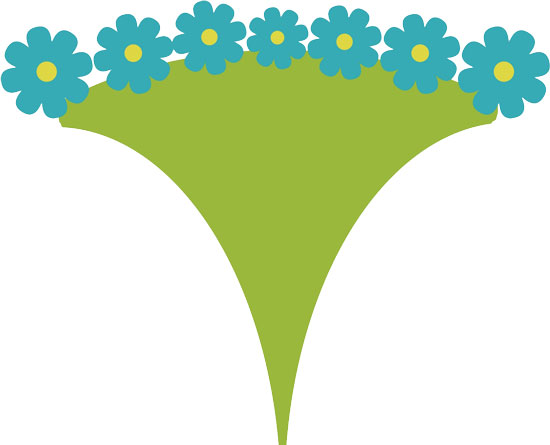
Illustration by Kyra Haas
Catkin
Inflorescence composed of flowers without pedicels borne laterally along the peduncle. This is a modified spike inflorescence. The flowers closest to the main branch form first.
Examples: willow, birch, walnut
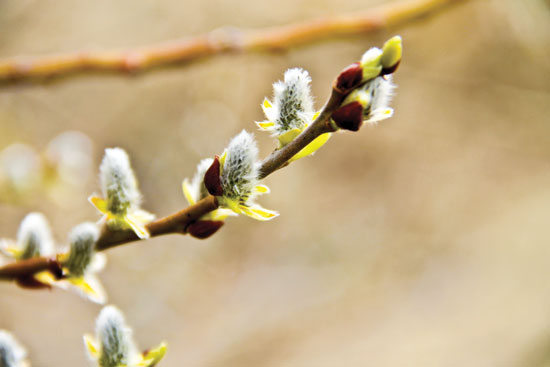
Photo by Getty Images/OlyaSolodenko
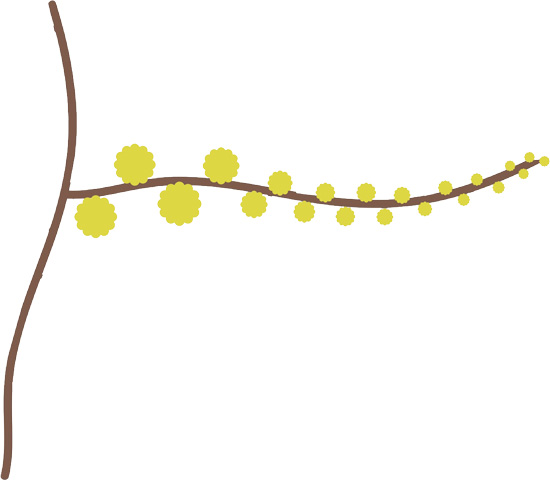
Illustration by Kyra Haas
Corymb
Inflorescence composed of clustered flowers or phyllaries with unequal pedicel length attached to an unbranched peduncle. This structure most often looks flat-topped or slightly domed. The outside flowers form first.
Examples: yarrow, dogwood
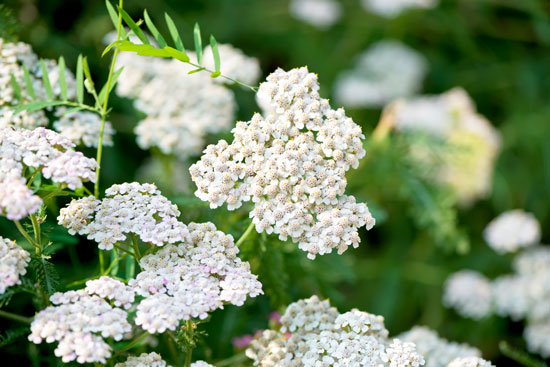
Photo by Getty Images/kukuxa
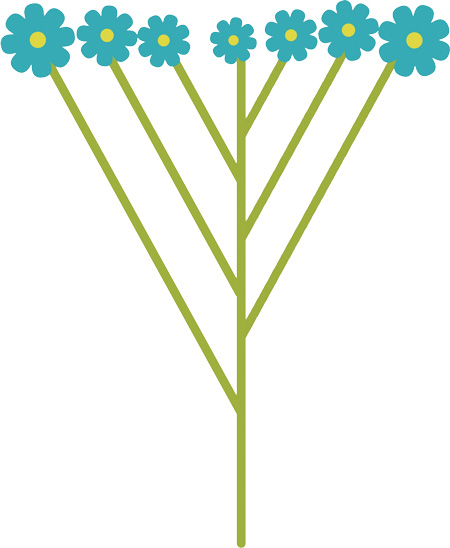
Illustration by Kyra Haas
Cyme
Inflorescence composed of flowers with pedicels borne on the ends of the central peduncle and its lateral branches. It usually appears as a flat-topped structure. The flowers closest to the peduncle form first.
Examples: baby’s breath, chickweed
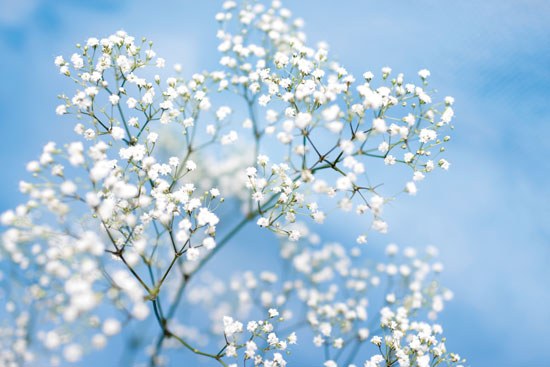
Photo by Getty Images/Esolla

Illustration by Kyra Haas
Spike
Inflorescence composed of flowers that have very short pedicels or lack them altogether, attached laterally to the peduncle, which is typically unbranched. The bottom flowers form first.
Examples: spearmint, plantain
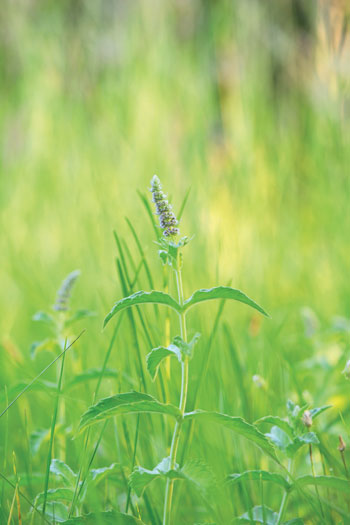
Photo by Stocksy/Pixel Stories

llustration by Kyra Haas
Raceme
Inflorescence with flowers that have pedicels attached laterally to the peduncle. The oldest flowers are at the bottom of the peduncle.
Examples: snapdragon, lily of the valley
Photo by Stocksy/Alan Shapiro
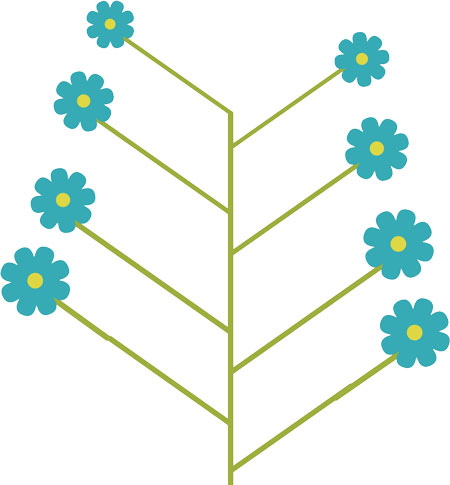
Illustration by Kyra Haas
Panicle
Inflorescence composed of flowers with pedicels that are attached to branches on the peduncle. The oldest flowers are at the tips of the branches.
Examples: oats, rice
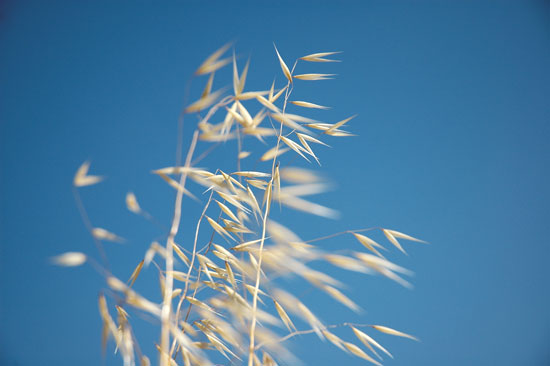
Photo by Getty Images/Ernesto-Photos
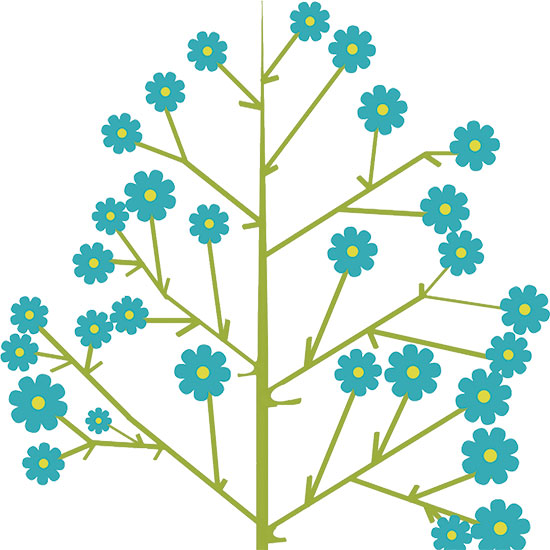
Illustration by Kyra Haas
Umbel
Inflorescence composed of flowers with pedicels that are all attached at the tip of the peduncle. Umbels often appear spherical or flat-topped. The outside flowers form first.
Examples: onion, parsley, geranium
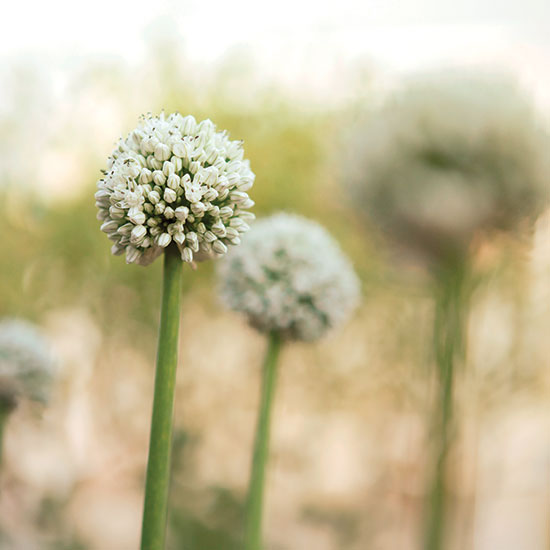
Photo by Getty Images/ShikharBhattarai

Illustration by Kyra Haas
Hank Will has a Master of Science in plant physiology and holds a doctorate in pigment biochemistry and genetics. He currently serves as Heirloom Gardener’s Editorial Director.







